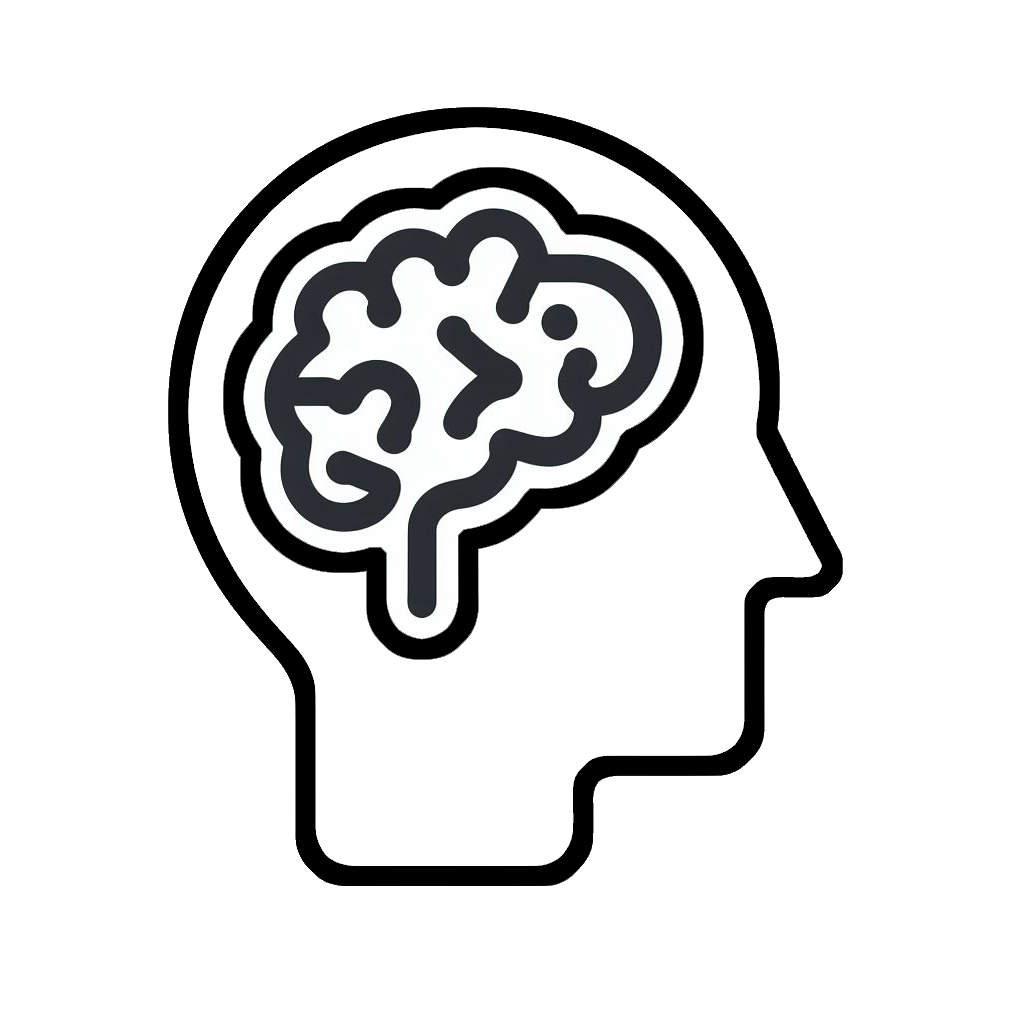Differentiated Instruction
 Preparing to Learn
Preparing to Learn
Differentiated Instruction
Before discussing Differentiated Instruction, complete the assessment below to check what you already know, what you need to unlearn, and what you might be interested in exploring further.
Differentiated Instruction Definition.[1]
Like Universal Design for Learning, teachers use Differentiated Instruction as a technique to tailor and individualize learning experiences for each student’s needs. Various teaching strategies and lesson adaptations help educators instruct students with diverse learning needs in the same course, classroom, or learning environment.
Teachers can adapt four elements of Differentiated Instruction strategies, “content, process, products, or the learning environment,” depending on their student’s “readiness, interest, or learning profile” (What Is Differentiated Instruction?).
To do this effectively, the teacher must consider each student’s unique needs and present information in such a way that each student can interpret, adapt, and find ownership in the process (Gregory and Chapman, 2007). Differentiated Instruction meets each student where they are in the learning process and “offers challenging, appropriate options for them in order to achieve success” (pg. 3).
Teachers who employ differentiated Instructional strategies may adjust the elements of a lesson from one group of students to another. This adjustment allows those who may need more time or a different teaching approach to grasp a concept to receive the individualized assistance they need, while introducing those students who already have mastered a concept to a different learning activity or a new concept or lesson. In more diverse classrooms, teachers will tailor lessons to address the unique needs of special education students, high-achieving students, and English-language learners. Teachers also use formative assessment—periodic, in-process evaluations of what students are learning or not learning—to determine the best instructional approaches or modifications needed for each student.
Differences Between Differentiated Instruction and UDL
While some noticeable overlap exists between universal design for learning and Differentiated Instruction, the two are not the same. While both work to make content more approachable for learners, “UDL is a function of instructional design, and differentiated instruction is a function of instructional delivery” (Understanding UDL vs. Differentiated Instruction). UDL proactively seeks to give learners options depending on their learning and assignment preferences, while Differentiated Instruction reactively seeks to tailor learning and assignments depending on students’ identified needs.
UDL Versus Differentiated Instruction |
|
| UDL | Differentiated Instruction |
|---|---|
| Proactive: inherently designs courses with embedded multiple means | Reactive: adapts content and activities when they are not effective or appropriate |
| Evaluates the environment of the learner, along with the infrastructures and culture | Evaluates the learner and makes changes where needed |
| Designed for all learners regardless of their ability | Designed for learners to be grouped based on their ability |
| Plans for all learners, and allows students to have the element of choice | Plans for learners who require additional support |
| Eliminates cognitive, physical, physiological, language, and social/emotional barriers | Works around barriers (Oregon State University) |
As you can see, Universal Design for Learning and Differentiated Instruction share some similarities. Both approaches work to support the learning of all students in meaningful ways. They differ in the planning of the approaches: Instructors can do UDL on the front end of their academic planning, but Differentiated Instruction requires instructors to adapt the content and activities after students demonstrate that they would benefit from a different approach to instruction.
References
Gregory, G.H., Chapman, C. (2003). Differentiated Instructional Strategies: One Size Doesn’t Fit All. Thousand Oaks, CA. Corwin Press.
SHAPED. (2022, September 23). UDL vs Differentiated Instruction |
- Adapted from Education Reform (2013). Differentiation. Creative Commons Attribution-NonCommercial-ShareAlike 4.0 International License ↵
means tailoring instruction to meet individual needs. Whether teachers differentiate content, process, products, or the learning environment, the use of ongoing assessment and flexible grouping makes this a successful approach to instruction.
focuses on planning instruction in such a way to meet the varied needs of students at the point of first best instruction, thereby reducing the amount of follow-up and alternative instruction necessary
